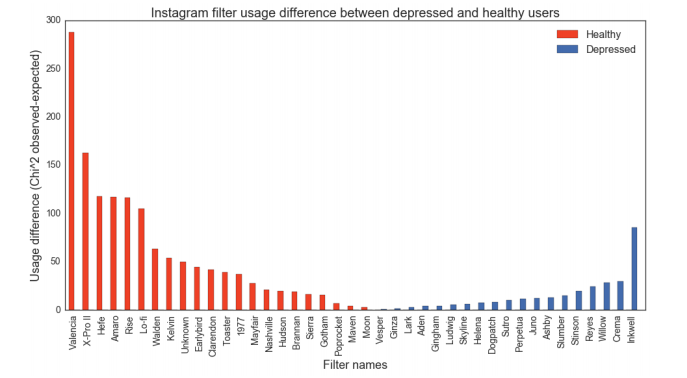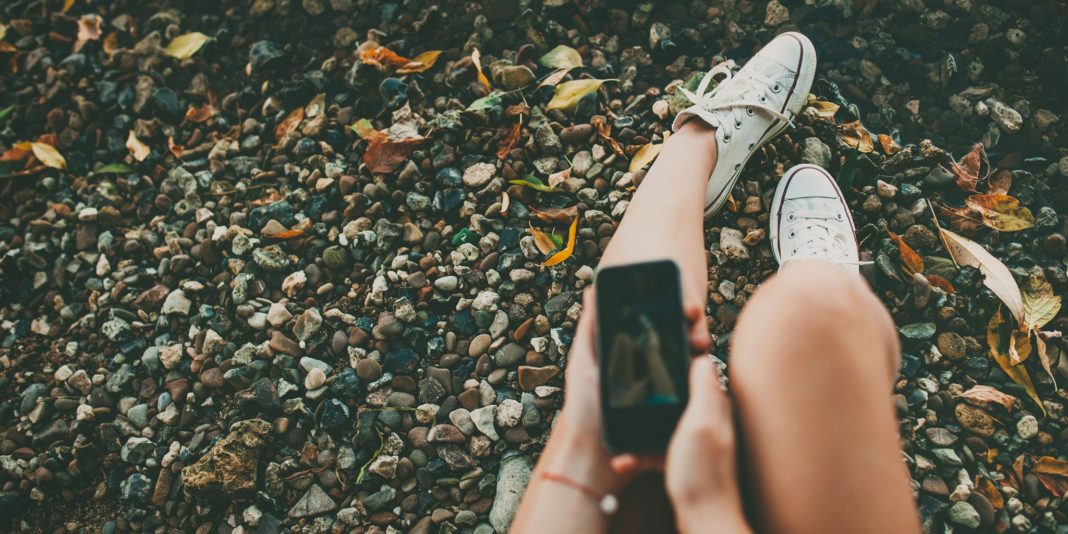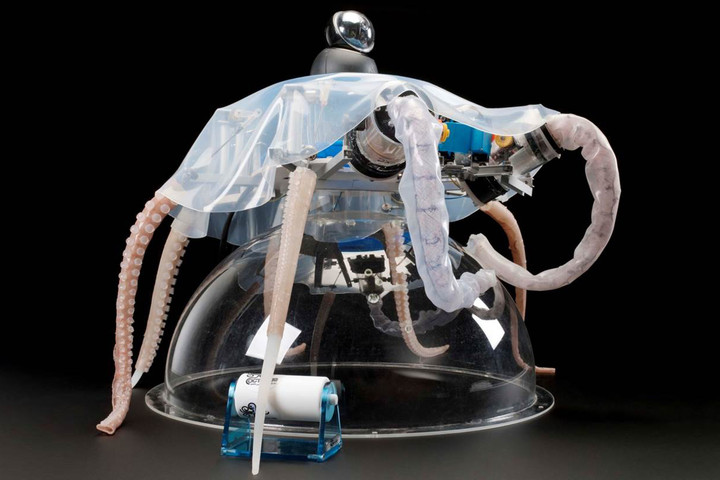Instagram photos could soon be used as a detection tool for diagnosing depression early on. Harvard University’s Andrew Reece and the University of Vermont’s Christopher Danforth set out to prove that photos taken, edited, and shared to Instagram can reveal signs of depression even before the individual has received a diagnosis.
Computers were used that had been trained to recognize hue, facial recognition, and saturation and proved to have a higher success rate when diagnosing depression that that of general practitioners. Although this method of analyzing Instagram photos wouldn’t be used for the treatment of depression, it has the potential to become part of the diagnosis procedure. The algorithm used in the program looks for complex, systemic patterns over various data points to get clues about an individual’s psychology.
–
As part of the research, nearly 44,000 Instagram photos from 166 people were used. Participants were also asked to complete surveys, and the depressed individuals have been invited to provide details of their mental health condition including when they were diagnosed. Once the photos had been gathered and the researchers connected to Instagram they began to analyze the pictures in two different ways. There was staff on Mechanical Turk that was asked to rate images based on how happy, interesting or sad they appeared. Then, the computer program analyzed the photos based on the number of faces in the photo, its color, vividness, and brightness. The results were then compared to one another to see what image qualities applied to those of depressed individuals.

From the study, the researchers found that darker, bluer, faded images predicted depression as did the more comments a post received. They also found that the “Inkwell” filter was used most often by depressed participants, but scarcely. While the “Valencia” filter was chosen most often by healthy individuals. When human ratings were compared to that of what the computer did, researchers found that they both had an entirely different approach to diagnosing depression, often resulting in different photos being chosen by each. One surprising fact that the research did uncover was that the depressed participants posted more photos than those who were not, but would contain fewer people in the picture.
This is not the first time machine learning has been used in clinical settings. Therapy bots have been created that are able to diagnose, assess, and comfort those suffering fro mental health issues. They have become increasingly popular as tests show that some people feel more at ease talking to a computer about their mental health, anxiety, or post-traumatic stress disorder issues. IBM’s cognitive system, Watson, is also being used more often to predict cancer treatment in patients, showing another example of how artificial intelligence has been integrated into the health industry. But, it will still be some time yet before machines are replacing your therapist, so, for now, you will need to continue seeing your doctor in the usual manner I’m afraid.
More News To Read











